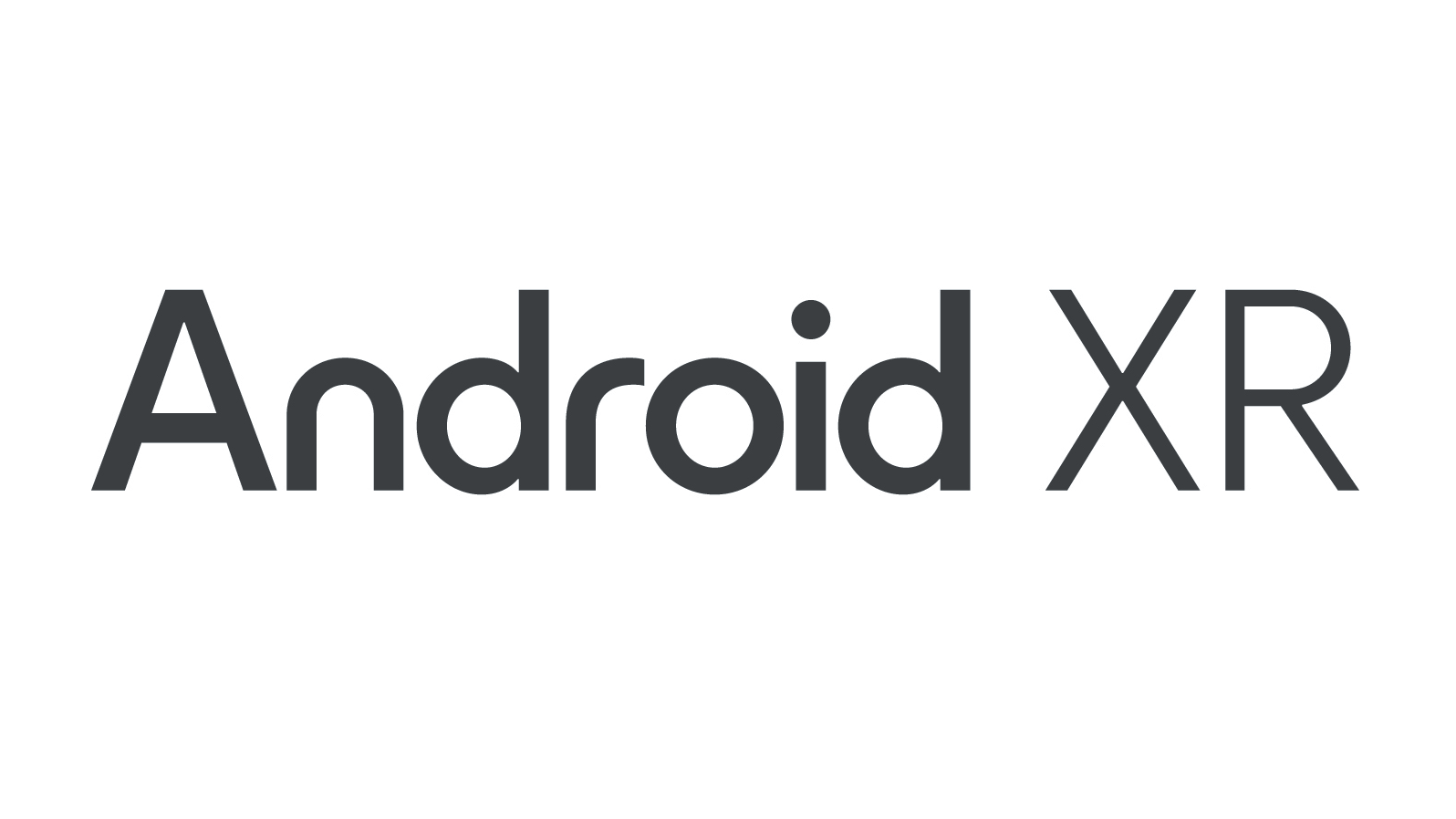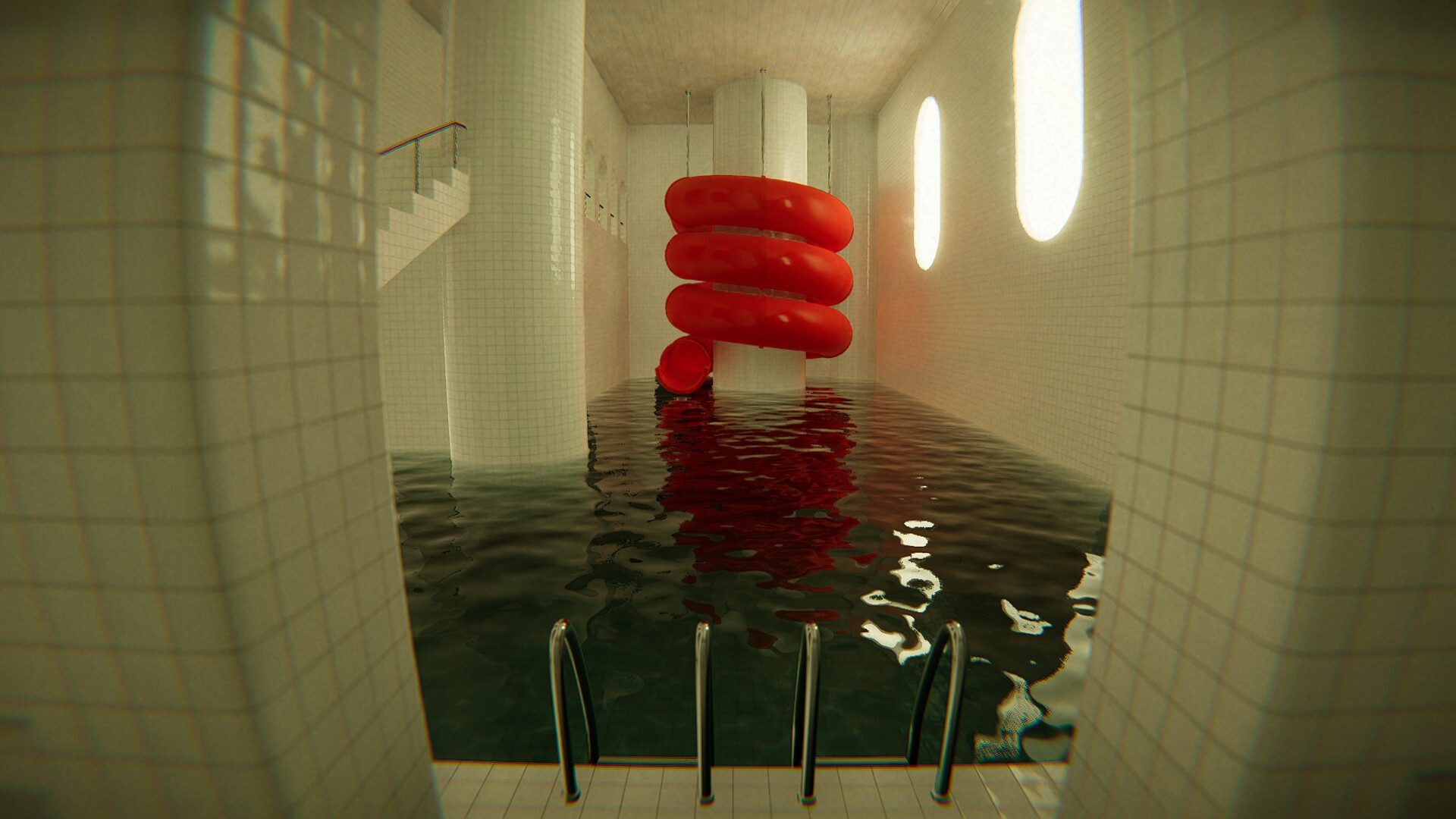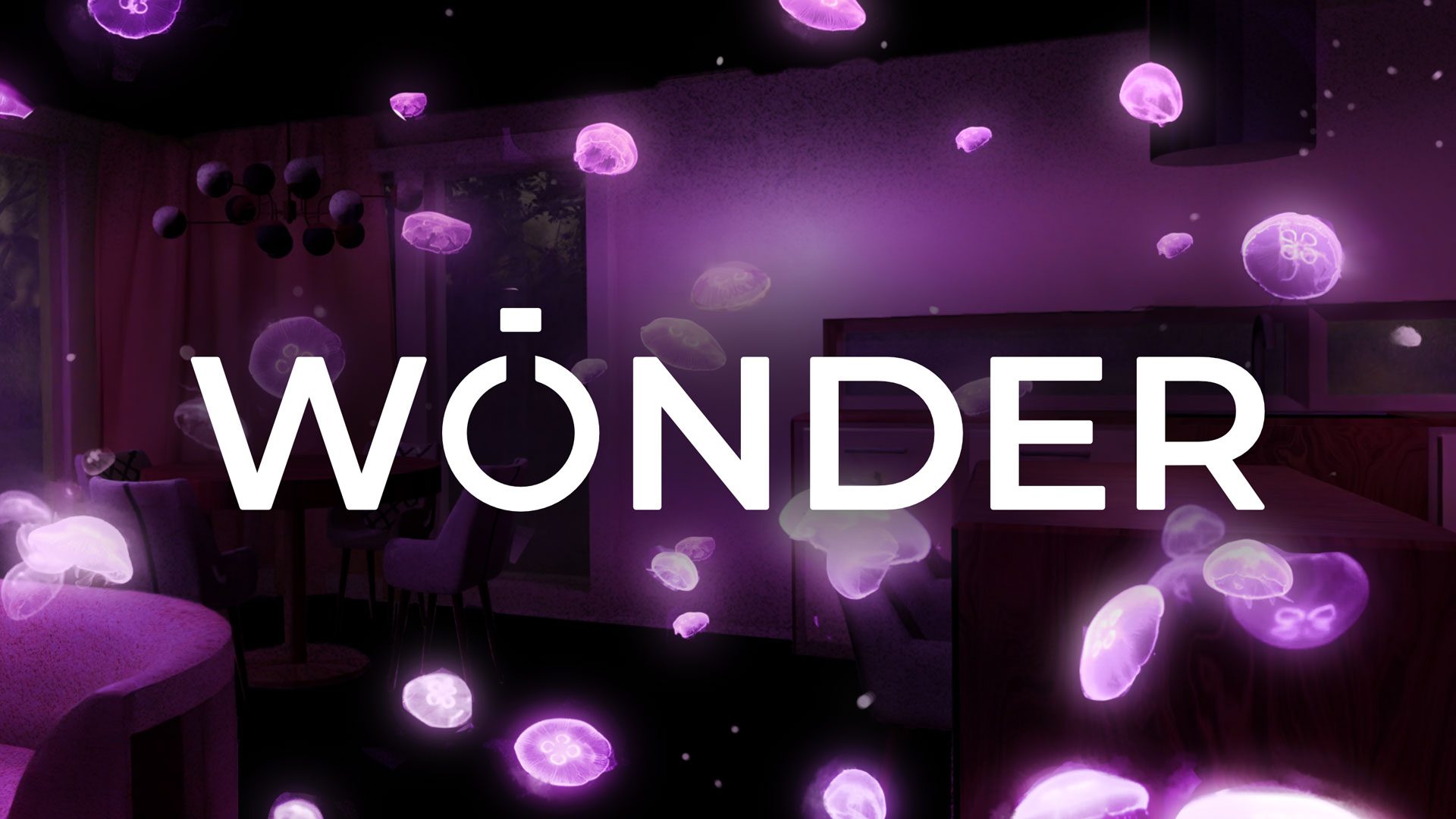This week has been an exciting one for Kitely as they announced a major update that incorporates physically based rendering (PBR) materials into their virtual worlds and the Kitely Market. This enhancement also allows for texture support up to a resolution of 2,048 by 2,048 pixels, which is quite impressive.
By employing PBR materials, Kitely can offer textures that realistically emulate the way light interacts with surfaces like mud or metal. This provides a much more lifelike rendition by crafting realistic reflections and surface details such as raised or sunken areas, lending depth and authenticity to the virtual environment.
For those eager to explore this new feature, you’ll need to be using Firestorm version 7.1.11 or newer. Kitely’s strides make them one of the pioneering grids embracing PBR technology, successfully integrating features from the forthcoming OpenSim 0.9.3 release into their own system, which currently operates on OpenSim 0.9.2.2.
“Many grids haven’t adopted PBR yet,” explains Oren Hurvitz, co-founder and VP of R&D at Kitely. “Although it’s poised to be a staple of OpenSim 0.9.3, most grids, including ours, are still running on the stable OpenSim 0.9.2.2. We’ve enabled PBR by porting over the features from the next OpenSim release.”
Kitely Market has been tailored to support this shift, renaming its “Textures” section to “Textures and Materials.” It’s a good move for merchants to highlight the use of PBR in their product descriptions because not all grids support this feature yet. Offering standard textures as a backup can ensure product compatibility across all grids.
“With Kitely Market being the leading marketplace for the hypergrid, we chose to embrace the latest graphical advancements from OpenSim 0.9.3 even before their full release,” noted Ilan Tochner, CEO of Kitely, while speaking with Hypergrid Business.
In addition, the update brings in reflection probes through LSL scripting, incorporating new PRIM_REFLECTION_PROBE parameters into the GetPrimParams and SetPrimParams functions, enhancing the realism of reflections.
Even though PBR materials are technically viable for application on terrain textures, Kitely has noted some issues in beta testing. Objects made with PBR materials do appear on world maps, yet they only display their base color without additional PBR attributes like normal maps or roughness, and PBR terrain textures are not visible on world maps currently.
For creators, Kitely has introduced a dedicated “Materials” folder within user inventories, facilitating the storage of PBR materials. Those wishing to dig deeper into crafting PBR materials can turn to Second Life’s comprehensive documentation for guidance.
Maria Korolov shines in her dual role as Hypergrid Business editor and publisher, bringing her expertise as a science fiction author and award-winning tech journalist to the forefront. Covering topics from artificial intelligence to enterprise virtual reality, Maria offers a wealth of knowledge. Check out her Amazon page, or keep up with her on social media, including her YouTube channel where she shares insightful videos. Moreover, her virtual world novellas, such as “Krim Times” and “The Lost King of Krim,” have received acclaim. Don’t hesitate to connect via [email protected] for more insights or to explore MetaStellar, her speculative fiction magazine.











































